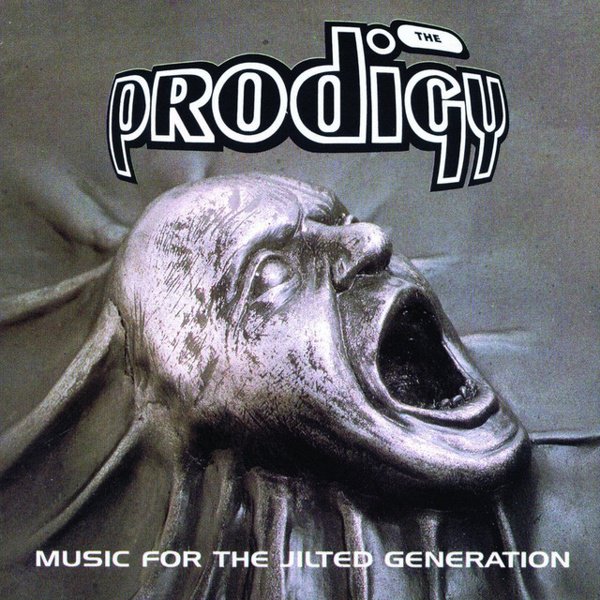Despite the lingering subcultural stratifications of the era, ‘90s pop was bound for a big pile-up of post-genre crossover moves. Madchester, rap-rock, and trip-hop had already put a dent in the old musical tribalisms on both sides of the Atlantic, and the rapid pace of change and mutation in dance music meant a lot of different sources could be mined for inspiration, especially when sample culture had grown not just normalized but integral to the moment. But something funny happened when a new club sound emerged that attempted to synthesize a fusion of the upbeat pulse of ‘60s soul and psychedelia, the iconoclastic energy of ‘70s punk and new wave, and the ‘80s post-disco revolutions of hip-hop and techno: it emerged as this boisterous, unsubtle, thoroughly populist melange of party music that the press called big beat — typically en route to slagging it off as buffoonish novelty music. And it kind of was — which is what made it so fun, this insistent yet adaptable sound that could unify everything from acid rock to Northern Soul to the Juice Crew to P-Funk under the banner of massive overcranked drum breaks and 303 squelches. It was crossover dance music, to be sure — but its crossovers went in every possible direction.
Big beat’s peak wasn’t especially long. It was coined after the Big Beat Boutique in Brighton, a dance night helmed by polygenre beathead Norman “Fatboy Slim” Cook, and ran in parallel to the mid-late ‘90s boom in what was (kind of cynically) marketed as “electronica.” But big beat’s style was its own thing — akin to breakbeat hip-hop, but with higher BPMs and a more post-techno sensibility to it, ecstasy washed down with lager. You could place its breakthrough roughly mid-decade, where the Chemical Brothers’ boom-bap-goes-cosmic debut Exit Planet Dust and Prodigy’s snarling sophomore about-face Music For the Jilted Generation set the stage for a form of dance music that could be slotted in the general vicinity of alt-rock and hip-hop without sounding too disruptive alongside the likes of Busta and Björk. And its terminus hit somewhere just after Y2K in the wake of an exhaustion with its own laddishness, though not before the music’s heavy presence on the soundtrack to The Matrix in 1999 gave it something of a millennial canonization on the way out. But even as high-minded critics of the time gave it punchline status alongside the swing revival and third-wave ska, big beat pointed towards the possibilities of a world of pop music set entirely on dance music’s terms, where the same kinds of hooky, personality-driven party jams traditionally delivered by rock and pop acts could also originate out of the no-longer-insular corners of rave culture and clubland.









